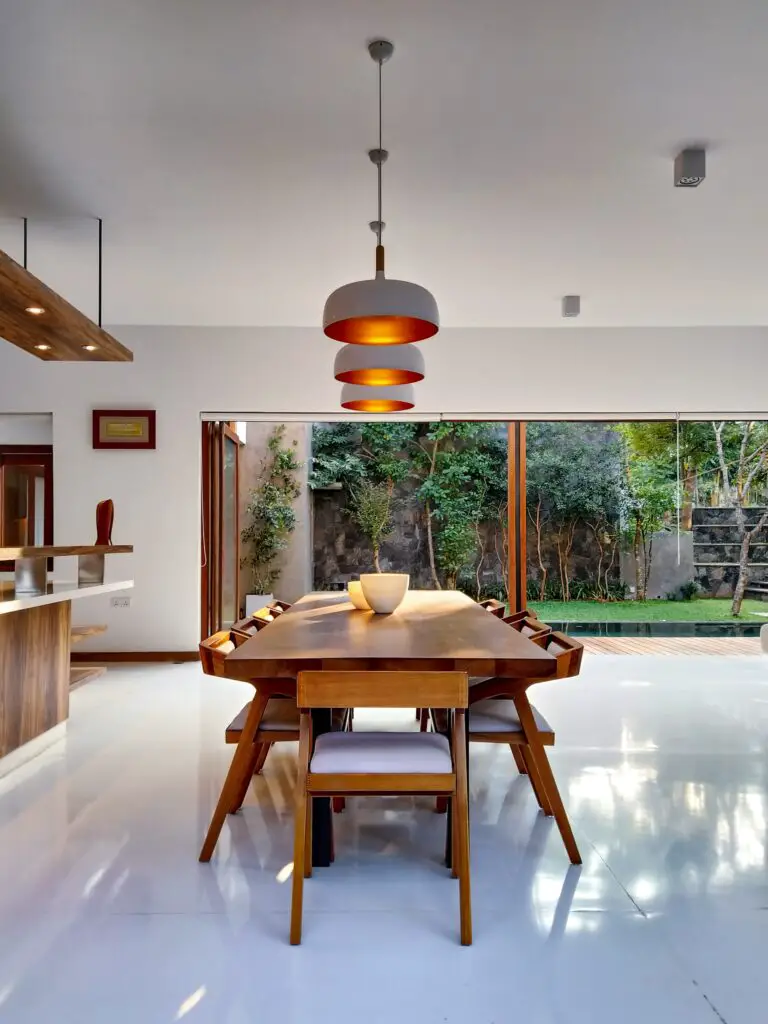Interior designers should seek to derive inspiration from a wide range of sources. One area you might not have considered finding this inspiration is professional mental health spaces.
From therapy offices to mental health clinics to inpatient facilities, these spaces have unique design needs that require creativity and invention on the part of interior designers. In this article, we will take you through 8 key features of great mental health spaces, and how you can incorporate them into your interior design.
While we can’t promise these tips can substitute for a great therapist, they can add more weapons to your interior design arsenal and help you create the best rooms possible.
1. Privacy is paramount
Many mental health spaces make use of a range of privacy safeguards. Considering how deeply personal our mental health journeys are, it is naturally essential that key details are not inappropriately shared with others.
Mental health spaces therefore make use of elements like noise reducing materials and rooms that cannot be easily seen into.
It’s certainly worth thinking about how you can incorporate similar ideas in your own interior design. From bickering family members to new housemates, homes are often inhabited by individuals looking to maximise their privacy.
Look into how these elements take shape in mental health spaces to reconsider the interior design work you are doing.
2. Calming color palettes
Research suggests that colour plays a key role in regulating mood. It is believed that certain colours can increase aggression and distraction, while others are more likely to put people into a more relaxed state.
It is commonly accepted that blues, greens and neutral tones can help create more relaxing environments for some individuals. Think carefully about how you use colour in your own interior design, keeping this concept in mind.
3. Natural light is key
Natural light is hugely important in our lives. Proper access to natural light can improve mood while also playing a role in better sleep cycles.
This is yet another reason to prioritize natural light in your interior design. Ensure windows have the space they need to let in significant amounts of light. Reduce your reliance on artificial lighting wherever possible.

4. Biophilic design
Another often overlooked element of interior design that can play into our mental state is nature. The growing trend of biophilic design helps to bring the outside insight with greenery and even natural materials.
Incorporate greenery into your design to enjoy benefits including air purification. In a world where nature is so often neglected, bring it to the fore in your interior design.
You can even use windows to prioritise nature, allowing residents to get an eyeful of natural beauty at all times.
5. Layout promotes openness
It is commonly accepted in mental health spaces that the layout of a room can impact the mindset of those within it. For example, therapy offices are often designed in a manner to ensure patients are able to speak their minds and be revealing.
Think about the various ways you can promote this same openness in your design. When we are in our homes, we should hope to enjoy a similar feeling of openness.
For starters, you can browse mental health chairs here to understand the types of furniture used in mental health spaces to promote this kind of openness, and other important outcomes.
6. Reduce environmental stressors
Poor interior design and other conditions can negatively impact the mindset of residents. Your approach to interior design should minimise any forms of disturbance that may disrupt your residents.
Here are a few steps you can take to reduce environmental stressors.
- Temperature control: Factors such as glazing can play an enormous role in managing the temperature of a home. And who likes being too cold or too hot?
- Minimise glare: Minimising glare can be achieved through selecting of furniture and materials.
- Ventilation: We’re all familiar with the uncomfortable feeling of being in an overly-stuffy room. Ensure adequate ventilation and air filtration to prevent this annoyance.
7. Use sensory design elements
Our senses make up the human experience. Your interior design should have elements to appeal to all the senses. Use the right colours to hit the right notes.
Make use of essential oils and particular types of music to set the mood. Use of sensory furniture or simply use tactile materials you find pleasing. This goes for everything from furniture to flooring.
Take a holistic approach to your interior design to deliver a delightful room each and every time.
8. Warm, welcoming finishes
Ultimately, a space in any home should be welcoming for residents and visitors alike. Use the knowledge you have built from studying mental health spaces to build a location that hits all the right notes.
Mental health spaces often go for a slightly more sterile look. As such, it’s important to harness the lessons you’ve learned in ways that are unique to designing a home.
Here are some top tips for creating a welcoming space in a home:
- Select furniture with organised shapes and exposed wood elements to create a natural and invisint look
- Utilise textured wall coverings
- Opt for carpets over hard surfaces to promote a true sense of cosiness
- Make use of warm-toned woods
- Incorporate meaningful decorative items from photos to books
Mental health spaces present boundless opportunities for interior designers to draw inspiration and hone their craft. Whether you’re working on your own house or have an interior design business of your own, there is so much to learn from mental health spaces.
Study mental health spaces to enjoy the maximum benefits of being an interior designer who knows exactly the right notes to hit for any room. They contain the secrets you need to incorporate a better understanding of human psychology into your work and become the best professional you can be.




